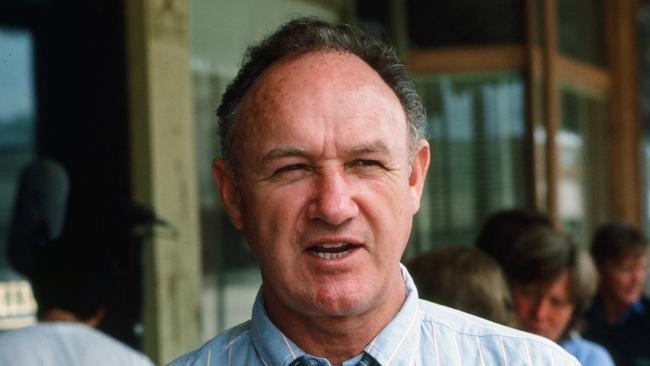
The news broke last night and it came in a rush. Authorities in the US state of New Mexico revealed that the great actor Gene Hackman, 95, his wife, concert pianist Betsy Arakawa, 63, and one of their dogs, were found dead at their Santa Fe home.
The circumstances of the deaths of Hackman and Arakawa, initially reported as a double suicide, are shrouded in mystery.
It has been more than two decades since Hackman made a movie. He had retired to New Mexico in 2004.
In 2024, the New York Post snapped Hackman in Santa Fe, describing the actor as “reclusive”. Hackman was seen shuffling the streets, almost unrecognisable and ravaged by age.
The last time I saw Gene Hackman on television was a 2008 cameo appearance in Diners, Drive-Ins and Dives, a travelling food reality show hosted by Guy Fieri. Hackman’s appearance may have been coincidental or contrived, but there he was enjoying a meal at a New Mexico diner, giving the restaurant his personal thumbs up.
His last film, Welcome to Mooseport, featured Hackman as a retired US president vying for the mayoralty in the small town of Mooseport, Maine, alongside his nemesis played by Ray Romano.
The 2004 film was panned by critics but it was better because Gene Hackman acted in it. Any film was better when Gene Hackman acted in it.
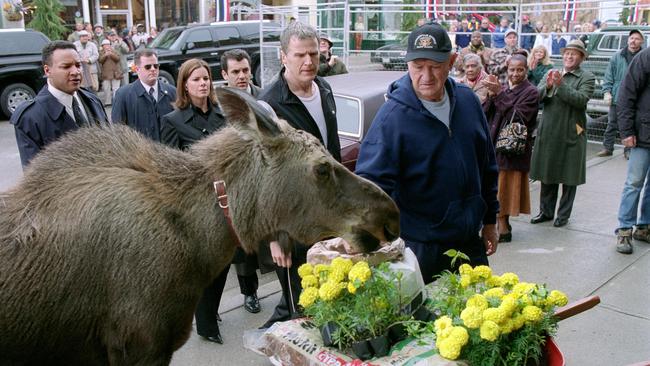
Appearing on Larry King in 2004, Hackman effectively announced his retirement, saying he had no film projects in the pipeline.
Later, he confirmed that he had retired from acting because of health reasons after his doctor put him through a cardiac stress test.
Hackman’s acting career extends over 70 films, all enriched by his presence.
A lifelong Democrat, Hackman was proud that he made Richard Nixon’s Enemies List, in the celebrity sub-section alongside Paul Newman, Steve McQueen, Jane Fonda, Burt Lancaster and Gregory Peck.
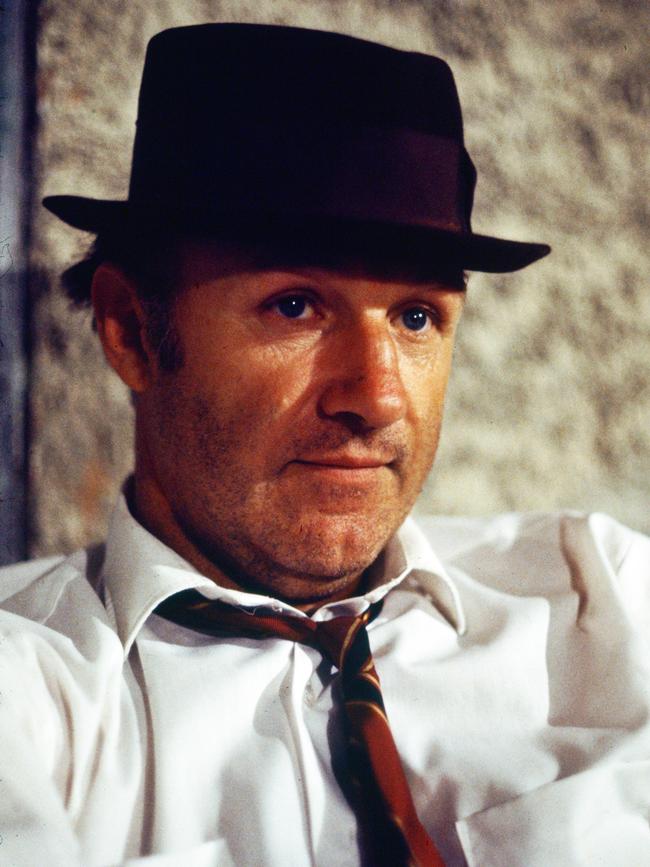
Hackman won two Academy Awards. He won best actor for his role as the boisterous, driven detective, Jimmy “Popeye’’ Doyle in The French Connection.
Twenty-one years later, Hackman received another academy gong for best supporting actor for his role as the murderous Sheriff Bill Daggett in Unforgiven.
He was unforgettable as the comedic villain, Lex Luthor, in Superman I and II. In the first of the Superman movies, Luthor had planned a nuclear strike on the east coast of the US. Boasting his plan’s impending success, he said the nukes were on their way with one heading directly to Hackensack, New Jersey, just 20 kilometres from Midtown Manhattan.
“But my mom lives in Hackensack,” Valerie Perrine as Luther’s moll, Eve Teschmacher, protested.
Hackman, as the grandiose global villain, merely looked down at his watch and then back at Perrine and shook his head. Not anymore.
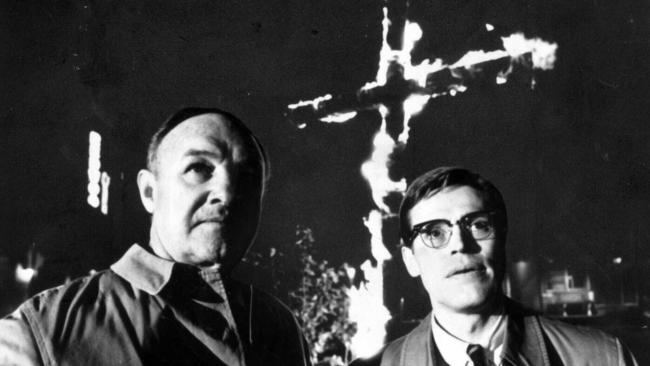
Perhaps my favourite Hackman film is Mississippi Burning, where he played FBI agent and former Mississippi sheriff, Rupert Anderson.
The 1988 movie was styled on the FBI’s investigation of the deaths of three civil rights activists murdered in Mississippi in 1964.
As Hackman and Willem Dafoe as FBI Special Agent Alan Ward rolled into Jessup County, Mississippi, to begin their investigation, Hackman posed the question, “What’s got four Is and can’t see?”
Hackman was nominated in the 1989 Oscars for best actor for this role, only to be edged out for the award by Dustin Hoffman in Rain Man.
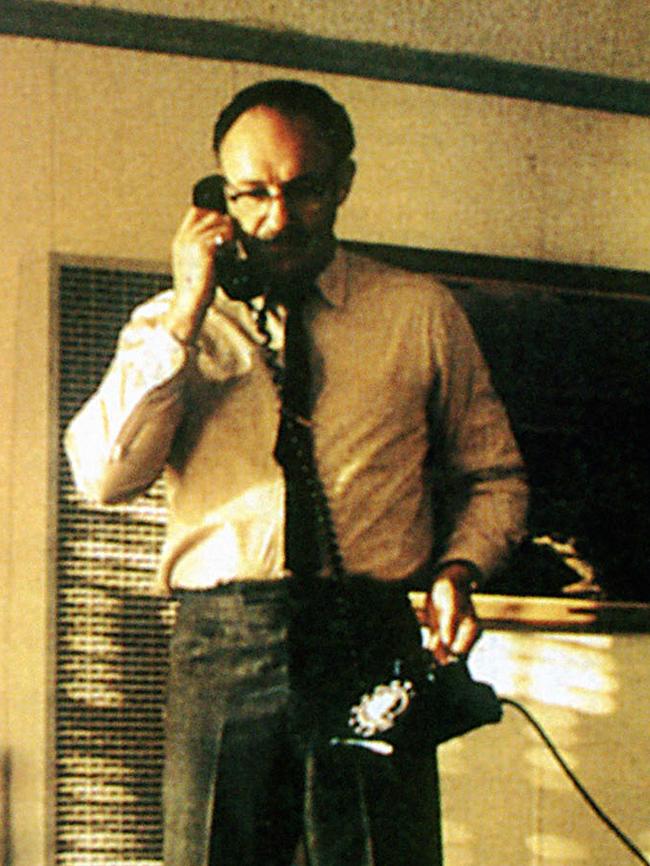
Hackman was also nominated for the BAFTA best actor in The Conversation, a film noir mystery thriller directed by Francis Ford Coppola, released in 1974.
There are no explosive scenes, shootouts or car chases, no superhuman cartoon figure to come to the rescue. Instead we have Hackman as a surveillance expert facing a moral crisis who learns of an impending murder. It is a true actor’s film.
In a statement on Instagram on Friday, Coppola paid tribute to Hackman, describing him as “a great actor, inspiring and magnificent in his work and complexity. I mourn his loss, and celebrate his existence and contribution.”
Hackman was joined in The Conversation by John Cazale as his audio technician. Cazale featured in just five films in his career before dying of lung cancer aged 42. The other four were Godfather I and II, Dog Day Afternoon and The Deer Hunter, where Cazale’s scenes were shot in advance as his illness had progressed to terminal.
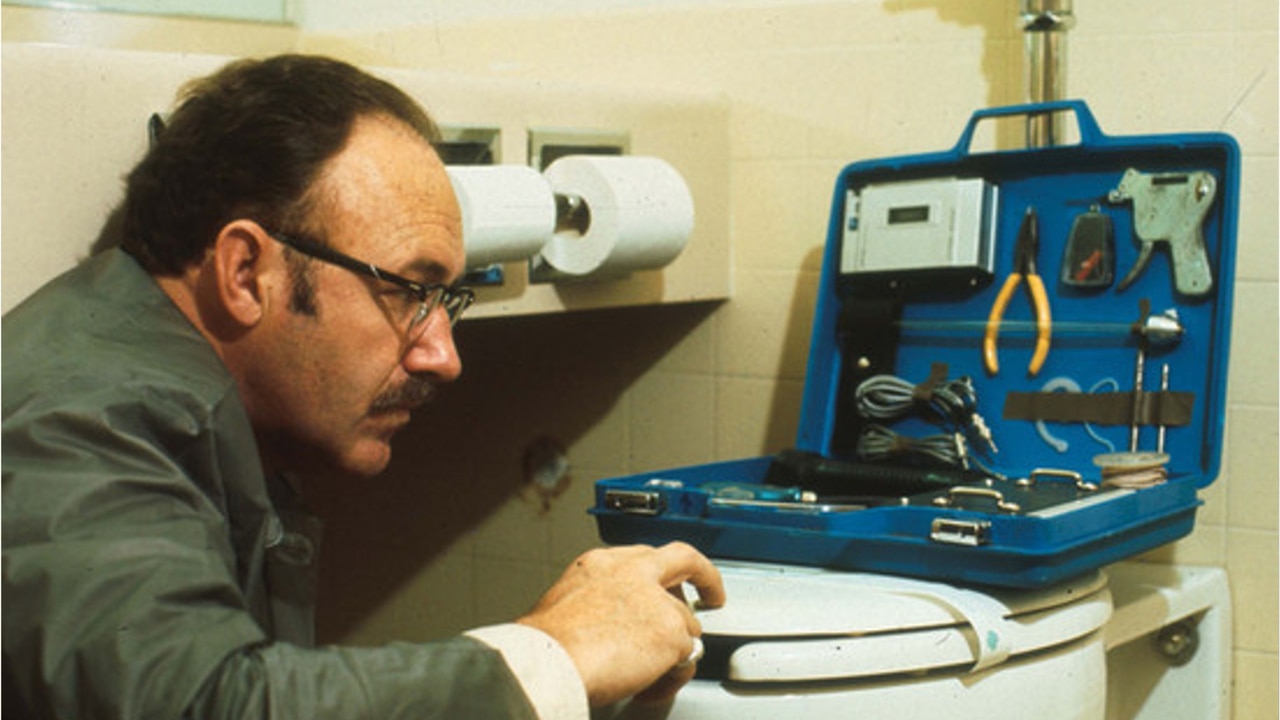
In a cinematic world mired in franchise films, green-screen CGI and scraping the bottom of the barrel of Marvel comic book heroes for inspiration, one has to ask, do they make films like The Conversation anymore?
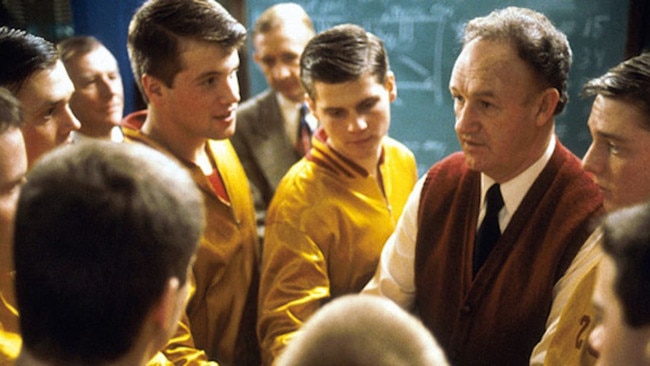
In that rare interview with the late Larry King more than 20 years ago, Hackman mused that he was uncomfortable with stardom and disliked seeing himself on screen.
“I don’t like to talk about myself that much,” Hackman said.
“I don’t know. It’s the same as watching myself on film, it makes me uncomfortable. I love doing the acting. I love that part of it. When I’m doing it, I’m just totally enraptured. But when I see myself up on the screen, it’s that – I see my grandfather there or something, you know? I see – you know, I think of myself as being 21. You do, too, I know. Yes. But then, when you see yourself, it’s a whole different story.”
Hackman offered thoughts on his mortality in the same interview.
“I try to take care of myself. I don’t have a lot of fears. I have the normal fear of passing away. You know, I guess we all think about that, especially when you get to be a certain age. I want to make sure that my wife and my family are taken care of. Other than that, I don’t have a lot of fears.”
Vale Gene Hackman, one of the great actors of our time or any other.
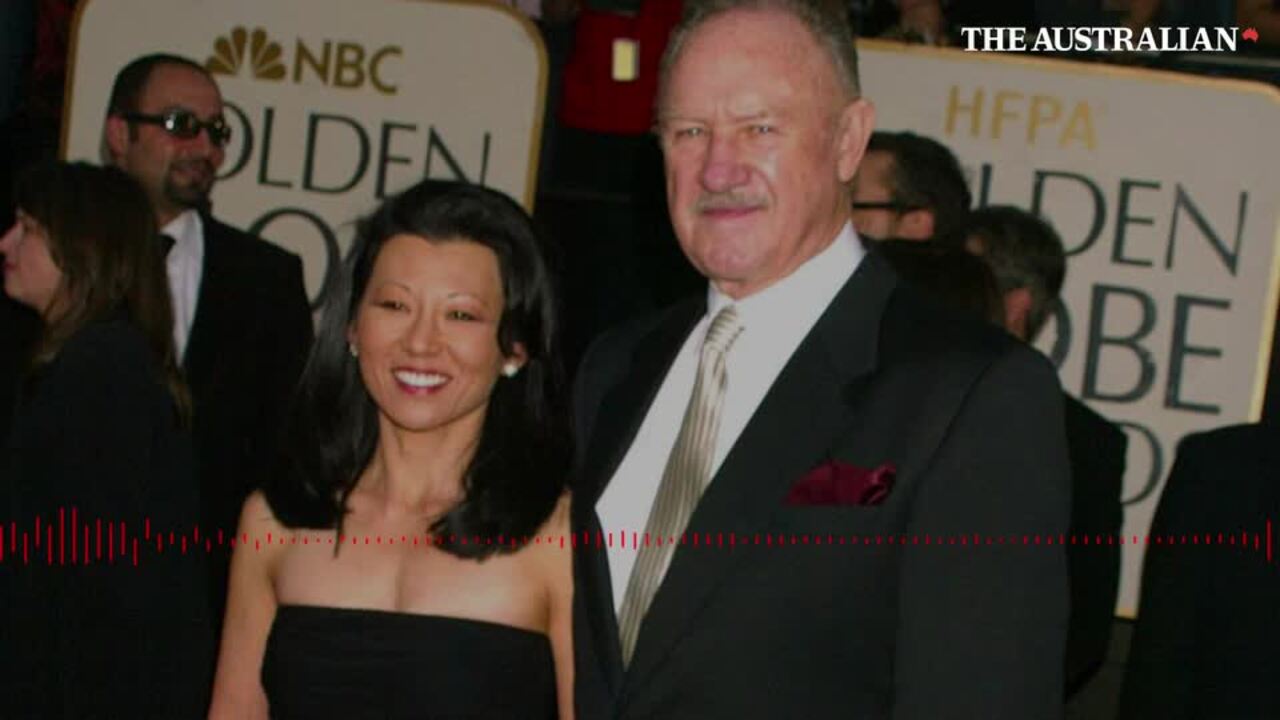
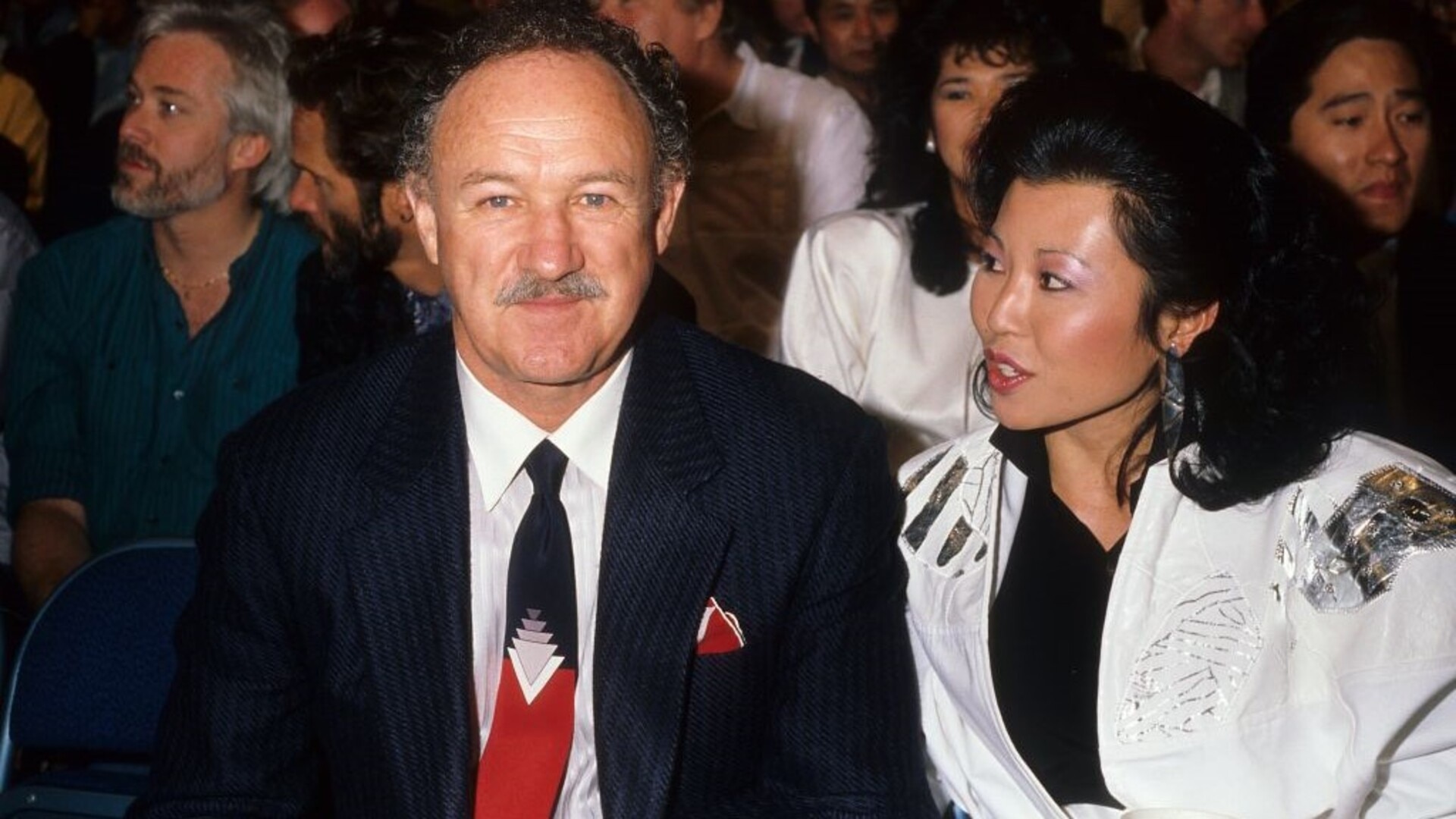



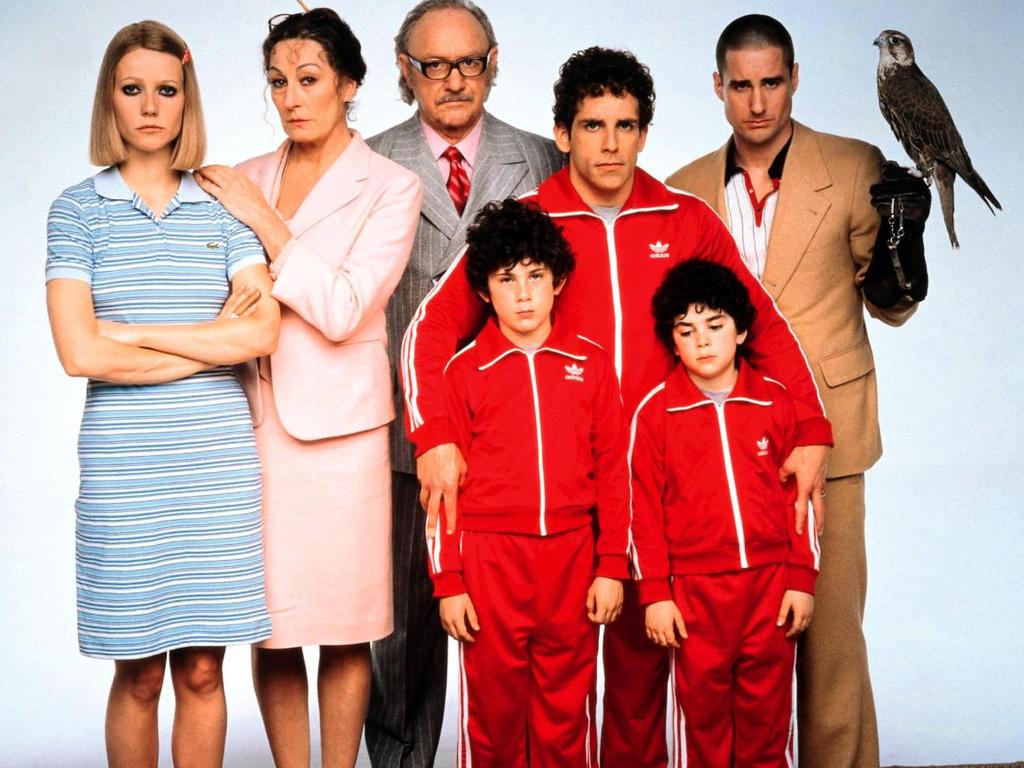


They don’t make actors like Gene Hackman anymore.